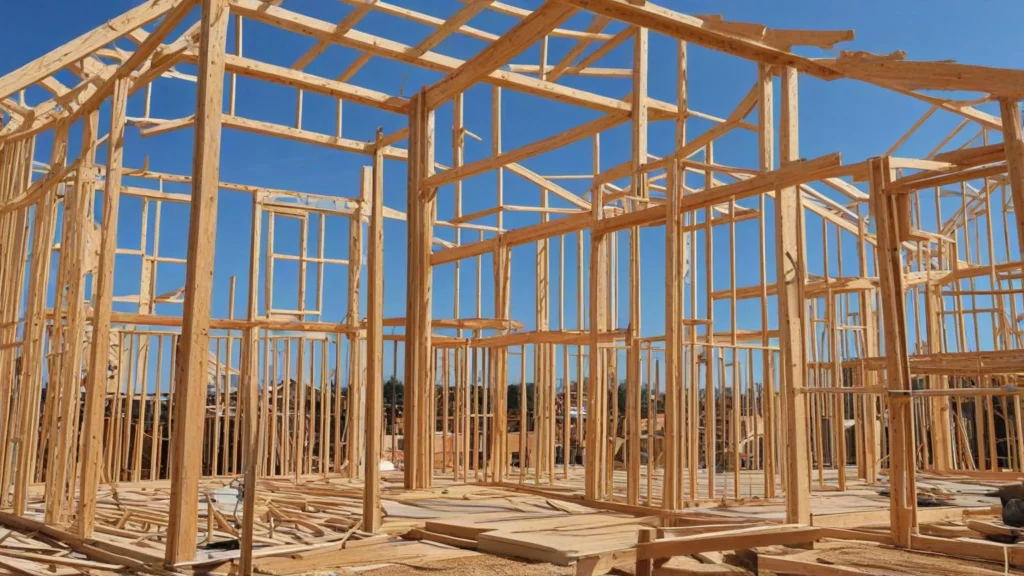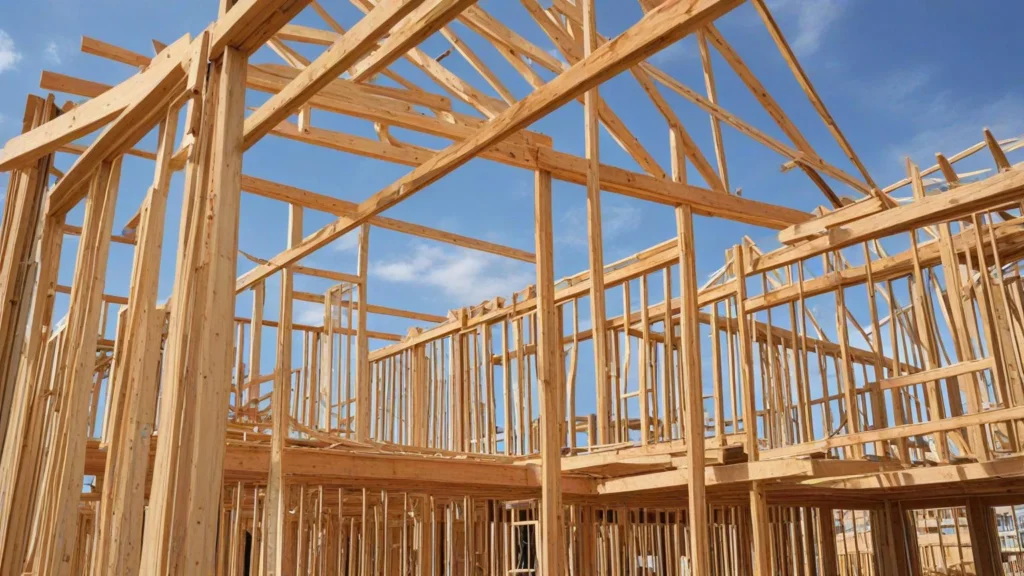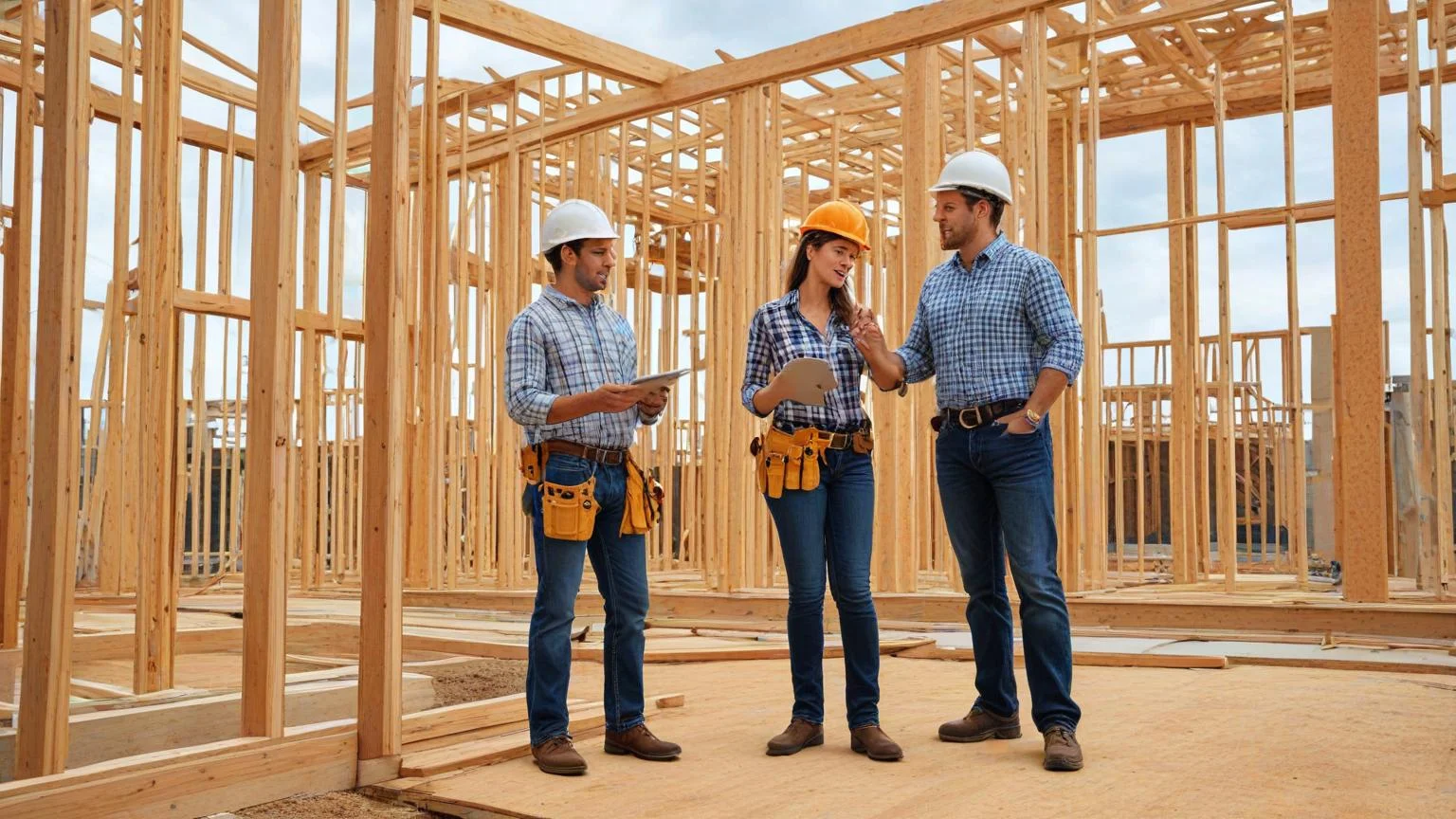Buying a new construction home can be an exciting venture, offering the promise of a brand-new property tailored to your preferences. However, the process is distinct from purchasing an existing home and comes with its own set of challenges and considerations. This guide aims to provide comprehensive insights into what buyers need to know about new construction and developments, addressing common mistakes, negotiation strategies, comparisons between new and existing homes, and what to expect in new builds.
Common Mistakes Buyers Make When Buying New Construction
Skipping the Research on Builders and Developers
One of the most significant mistakes buyers make is not thoroughly researching the builder or developer. Not all builders are created equal, and their reputation, quality of work, and reliability can vary widely. Buyers should:
- Check Reviews and References: Look for online reviews, ratings, and testimonials from previous buyers.
- Visit Completed Projects: Inspect previous developments to assess the quality of construction and finishes.
- Verify Licenses and Credentials: Ensure the builder is licensed and has a good standing with local regulatory bodies.
Overlooking the Importance of Inspections
Many buyers assume that a new construction home doesn’t require an inspection because it’s brand new. This is a misconception. Even new homes can have defects or issues that need addressing.
- Hire an Independent Inspector: Conduct inspections at various stages of construction, including foundation, framing, and final walkthrough.
- Check for Code Compliance: Ensure the home meets all local building codes and standards.
Not Understanding the Contract Details
New construction contracts can be complex and are often weighted in favor of the builder. Buyers frequently make the mistake of not fully understanding the terms and conditions.
- Read the Contract Thoroughly: Pay attention to details regarding timelines, warranties, and what’s included in the base price versus upgrades.
- Seek Legal Advice: Consider having a real estate attorney review the contract to protect your interests.
Underestimating the Total Cost
Buyers often focus on the base price of the home without accounting for additional costs such as upgrades, landscaping, and closing costs.
- Budget for Upgrades: Factor in the cost of desired upgrades and finishes that may not be included in the base price.
- Prepare for Hidden Costs: Be aware of potential additional costs like HOA fees, property taxes, and maintenance expenses.
Negotiating Price with a Builder After Signing a Contract

Negotiating with a builder after signing a contract can be challenging but not impossible. Here are some strategies:
- Highlight Comparable Sales: Use recent sales of similar homes in the area to justify your request for a price adjustment.
- Request Additional Upgrades: If a price reduction isn’t feasible, negotiate for additional upgrades or amenities at no extra cost.
- Leverage Market Conditions: If the market is slow or the builder has multiple unsold homes, they may be more willing to negotiate.
It’s important to approach negotiations professionally and be prepared for the possibility that the builder may have limited flexibility due to preset pricing structures.
New Construction vs. Existing Homes in Texas
When deciding between buying a new construction or an existing home in Texas, there are several factors to consider:
- Customization and Modern Features
- New Construction: Offers the advantage of customization. Buyers can select floor plans, finishes, and features that suit their preferences. Modern homes also come with the latest technology and energy-efficient appliances.
- Existing Homes: May require renovations to meet your needs and preferences. However, they often have mature landscaping and established neighborhoods.
- New Construction: Offers the advantage of customization. Buyers can select floor plans, finishes, and features that suit their preferences. Modern homes also come with the latest technology and energy-efficient appliances.
- Cost Considerations
- New Construction: Typically, new homes come with a higher price tag due to the cost of new materials and customization options. However, lower maintenance costs and energy efficiency can offset the initial investment.
- Existing Homes: Often less expensive upfront but may require significant repairs and updates, which can add to the overall cost.
- New Construction: Typically, new homes come with a higher price tag due to the cost of new materials and customization options. However, lower maintenance costs and energy efficiency can offset the initial investment.
- Location and Availability
- New Construction: Often found in developing areas, which may lack some established amenities but offer growth potential and new infrastructure.
- Existing Homes: Usually located in well-established neighborhoods with mature amenities and community infrastructure.
- New Construction: Often found in developing areas, which may lack some established amenities but offer growth potential and new infrastructure.
- Market Dynamics in Texas
- The Texas real estate market is diverse, with rapid growth in cities like Austin, Dallas, and Houston. Both new and existing homes have their advantages, depending on individual needs and market conditions.
What Do New Builds Come With?

New builds often come with a variety of standard features and options for upgrades. It’s essential to understand what is included in the base price and what constitutes an additional cost.
- Standard Inclusions
- Basic Finishes: Most new homes come with standard finishes such as laminate countertops, basic flooring, and standard fixtures.
- Appliances: Basic kitchen appliances like ovens, dishwashers, and refrigerators are usually included.
- Builder’s Warranty: Typically, new homes come with a builder’s warranty covering structural issues and defects for a specified period.
- Basic Finishes: Most new homes come with standard finishes such as laminate countertops, basic flooring, and standard fixtures.
- Optional Upgrades
- Premium Finishes: Upgraded countertops, flooring, cabinetry, and fixtures are available for an additional cost.
- Smart Home Technology: Features like smart thermostats, security systems, and advanced home automation can be added.
- Landscaping: Basic landscaping is usually included, but customized landscaping designs and features such as patios and gardens are optional upgrades.
- Premium Finishes: Upgraded countertops, flooring, cabinetry, and fixtures are available for an additional cost.
- Energy Efficiency
- Insulation and Windows: New builds often feature modern insulation and energy-efficient windows to reduce energy consumption.
- HVAC Systems: High-efficiency heating and cooling systems are commonly included.
- Insulation and Windows: New builds often feature modern insulation and energy-efficient windows to reduce energy consumption.
- Community Amenities
- Recreational Facilities: Many new developments offer community amenities such as parks, swimming pools, fitness centers, and clubhouses.
- HOA Services: Homeowners Association (HOA) fees typically cover maintenance of communal areas, security, and sometimes additional services like trash collection.
- Recreational Facilities: Many new developments offer community amenities such as parks, swimming pools, fitness centers, and clubhouses.
Conclusion
Buying new construction requires careful consideration and due diligence. By understanding common pitfalls, negotiation tactics, and the distinct advantages of new versus existing homes, buyers can make informed decisions that align with their financial goals and lifestyle preferences. As the Texas real estate market continues to evolve, staying informed and prepared is key to navigating the complexities of new construction and developments successfully.

